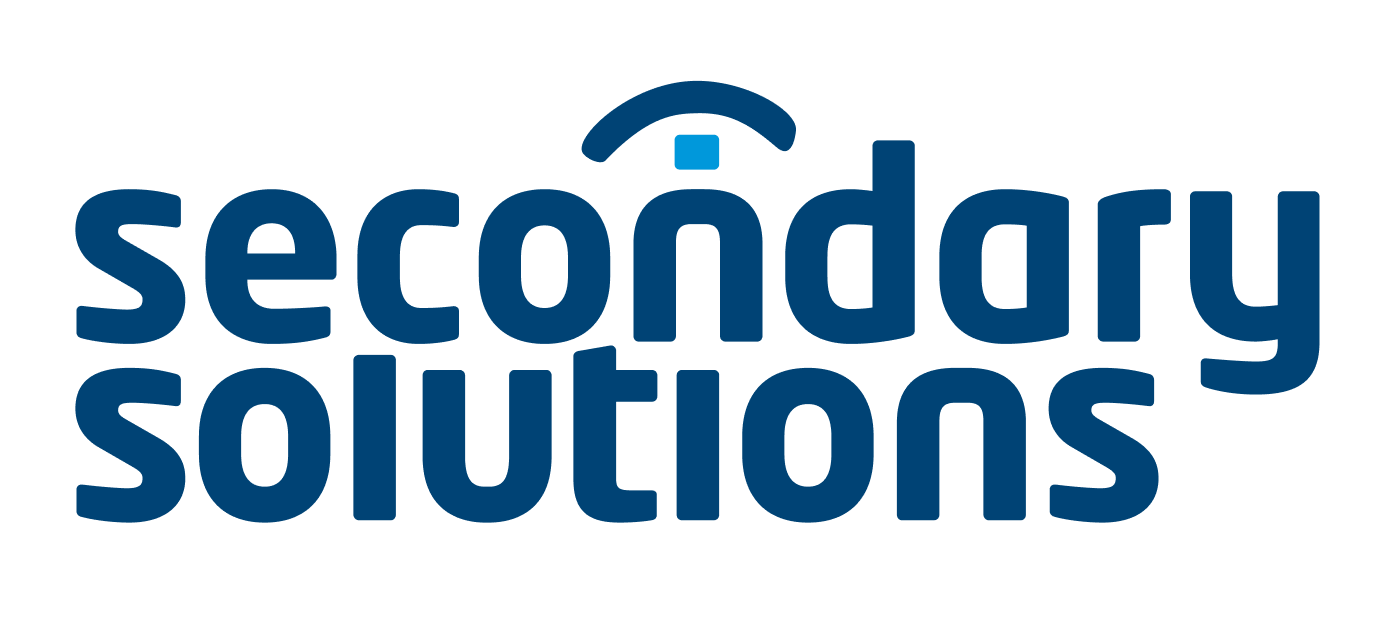© 2025 Secondary Solutions, Inc.
Resources
Your Guide to Key Manufacturing Terms
This glossary is a helpful resource for understanding the terminology used in our industry and throughout our services. Whether you’re new to manufacturing or just need a quick refresher, these definitions are here to keep you informed and confident in every conversation.
A
- Adhesive – A substance used for sticking objects or materials together.
- Assembly – The process of putting together various components to form a finished product.
B
- Backfill – Providing additional personnel to fill workforce gaps temporarily.
- Barcode Labeling – Attaching machine-readable codes to products for identification and tracking.
- Bill of Materials (BOM) – A comprehensive list of raw materials, components, and instructions required to construct, manufacture, or repair a product or service.
- Bridge Labor – Temporary staffing solutions to support ongoing operations or projects.
C
- CAGE Code – Commercial and Government Entity Code. A unique identifier assigned by the U.S. government to businesses and organizations that contract with federal agencies or the military. It is used for tracking and verification purposes in government procurement.
- Co-Packing – Contracting a company to package products on behalf of another company.
- Collating – Assembling pages or materials in a predetermined order.
- Compliance – The practice of tracking whether a product complies with government-imposed regulations or a company’s self-imposed standards.
- Continuous-Flow Manufacturing (CFM) – A method where materials are constantly moving through the production line.
- Contract Manufacturer (CM) – A firm hired by a company to manufacture or assemble its product or part of its product.
- Contract Manufacturing Organization (CMO) – A company that serves other companies in the pharmaceutical industry on a contract basis to provide comprehensive services from drug development through drug manufacturing.
- Conversion Rate – The proportion of visitors who take a specific action on a website or in a commerce catalog, like signing up for emails or finalizing a purchase.
D
- Deburring – Removing rough edges or protrusions from metal or plastic parts.
- Deflashing – Eliminating excess material from molded products.
- Degating – Removing the gate or excess material from a molded part.
- Design for Manufacturability (DFM) – Designing products in a way that they are easy to manufacture.
- Document Change Request (DCR) – A change request detailing a problem with a document, specification, or standard operating procedure, proposing a change to fix it.
- Dual Locks – Reclosable fasteners that interlock for secure attachment.
E
- E-Coating – Electrophoretic coating process used to apply paint or coatings uniformly.
- Electrostatic Discharge (ESD) – The sudden flow of electricity from one electrically charged object to another.
- End of Life (EOL) – Indicating the end of a product’s useful life when an OEM stops reworking, marketing, and selling a product.
- Enterprise Resource Planning (ERP) – A centralized software system that integrates the management of core business processes.
F
- FDA Rework – Modifying or correcting products to meet FDA standards.
- First Article Inspection (FAI) – An inspection comparing the first produced article to design specifications to ensure accuracy.
- Flexible Packaging – Packaging made from flexible materials that can change shape.
- Foreign Material Removal – Eliminating unwanted substances from products.
G
- Gauging – Measuring dimensions to ensure they meet specified standards.
- Gerber Files – An electronics industry file format for communicating design information to manufacturers of printed circuit boards.
- GP12 Inspection – Also known as Early Product Containment, GP12 is a controlled inspection process used in the automotive industry to detect defects and ensure quality before parts are shipped, especially during new product launches or after supplier issues.
H
- Heat Sealing – Joining materials using heat to create a seal.
- Hot Melt Glue – Thermoplastic adhesive applied in a molten state that solidifies upon cooling.
I
- Inkjet Coding – Printing information on products using inkjet technology.
- Inspection – Examining products to ensure they meet quality standards.
J
- Just-In-Time (JIT) Manufacturing – A production method that reduces inventory waste by only manufacturing goods as needed.
K
- Kitting – The process of grouping related items into pre-assembled kits for distribution, fulfillment, or retail.
L
- Lean Manufacturing – A production method focused on minimizing waste while maximizing productivity and quality.
- Lot Identification – Assigning unique batch codes to products for tracking and quality assurance.
M
- Metal Finishing – A process that enhances the surface quality of metal parts through polishing, coating, or plating.
- Mixed Parts Sorting – The process of identifying, separating, and organizing different types of components such as bolts, screws, washers, and die-cast parts.
N
- NAICS – North American Industry Classification System. A coding system used to classify businesses by industry for statistical, regulatory, and contracting purposes. Each code represents a specific sector based on economic activity.
- New Product Launch – The process of bringing a new product to market, including packaging, quality checks, and fulfillment strategies.
- Non-Conformance Report (NCR) – A document that records product defects or deviations from quality standards.
O
- Onsite Labor – Providing skilled labor directly at a client’s facility to support manufacturing, assembly, or quality control.
- Overpackaging – The practice of using excessive packaging materials, often reworked to reduce waste and improve efficiency.
P
- Pallet Displays – Pre-assembled product displays that are shipped and stocked on retail floor pallets for easy merchandising.
- Point of Purchase (POP) Displays – Eye-catching in-store marketing displays designed to boost product visibility and sales.
- Powder Coating – A dry finishing process where powdered paint is applied electrostatically and cured for a durable finish.
- Protective Packaging – Customized packaging solutions designed to prevent damage during storage and transit.
- Process Capability (Cp, Cpk) – A statistical measure of how well a manufacturing process produces products within specification limits.
Q
- Quality Assurance (QA) – Processes designed to ensure products consistently meet defined standards.
- Quality Control (QC) – Inspection and testing procedures that monitor product quality at various stages of production.
R
- Repackaging – The process of placing products into new packaging, often for rebranding, compliance, or correction purposes.
- Rust Removal – The elimination of oxidation and corrosion from metal surfaces to restore product integrity.
- Return Material Authorization (RMA) – A process for returning defective or non-compliant products for rework or replacement.
S
- Sequencing – Arranging components in a specific order for easier assembly or fulfillment.
- Sorting – Organizing items based on defined criteria such as defects, size, or material type.
- Stapling – Using metal staples to fasten materials securely together.
- Shrink Wrapping – Applying heat-shrinkable plastic film around a product or package for protection and stability.
T
- Temporary Labor – Short-term workforce solutions designed to meet fluctuating business demands.
- Thread Chasing – Cleaning or repairing the threads on screws, bolts, or fasteners to ensure proper fit.
- Total Quality Management (TQM) – A company-wide approach to long-term success through customer satisfaction and continuous improvement.
- Tunnel Shrink Wrap – A packaging method where heat is applied in a tunnel system to shrink a plastic film around products.
U
- Unit Load Device (ULD) – A pallet or container used to transport goods securely in bulk.
V
- Value-Added Services (VAS) – Additional services such as labeling, repackaging, kitting, or assembly that improve a product before it reaches consumers.
- Vendor Managed Inventory (VMI) – A supply chain management practice where suppliers take responsibility for maintaining inventory levels.
W
- WOSB Certification – A designation recognizing a business as a Women-Owned Small Business, granting eligibility for government contracts and business advantages.
- Wet Glue Application – A packaging method using liquid adhesive for securing product components or displays.
- Work in Progress (WIP) – Products that are partially completed and still require additional work before final packaging or shipping.
X
- X-Ray Inspection – A non-destructive quality control method used to detect foreign materials or structural issues inside a product.
Y
- Yield Rate – The percentage of manufactured units that meet quality standards without requiring rework.
Z
- Zinc Coating – A metal finishing process that applies a layer of zinc to protect steel or iron from rust and corrosion.




